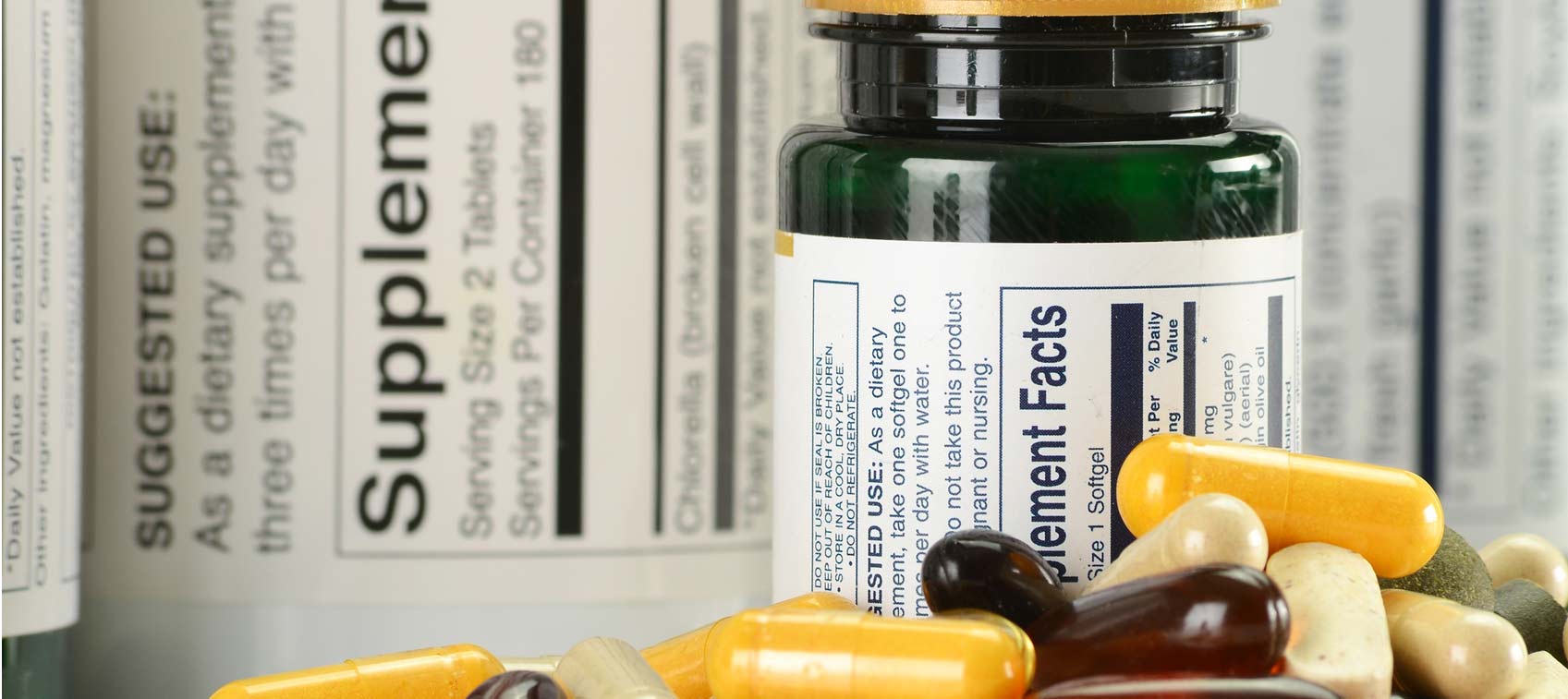
Most multivitamins contain nutrient doses that are equal to or less than what is commonly known as recommended daily allowances (RDAs).
Established by the Food and Nutrition Board of the National Academy of Sciences and revised every few years, recommended daily allowances are levels intended to help the average healthy person maintain good health and avoid nutrient deficiencies.
RDA Pitfalls
Recommended daily allowances do define the levels of nutrients we need to prevent full-blown deficiency diseases. But they don’t reflect the modern scientific understanding of what nutrient levels promote optimal health, not merely the absence of major disease.
Furthermore, who is average? I believe that mythical “average healthy person” is rare indeed. Here’s why.
-
RDAs don’t take into consideration environmental and lifestyle factors that place tremendous stress on our bodies.
-
Height, weight, activity level and other variables certainly influence caloric needs. But they aren’t necessarily an indication of nutrient requirements.
-
Genetic factors may affect the amount of certain vitamins and minerals you require for optimal health.
Beyond Recommended Daily Allowances
The FDA also requires that supplement labels list daily values (DVs), which are similar to recommended daily allowances. The DV is the amount, expressed as a percentage, of a specific nutrient that an average person should consume. Sadly, DVs are based on recommendations made in 1968! This does consumers a disservice, as the DVs don’t always reflect the latest RDAs.
The Food and Nutrition Board has established other values collectively called dietary reference intakes (DRIs). Along with the DVs and RDAs, they include:
-
Adequate Intake (AI), which is similar to an RDA but is used when the Board deems there’s not enough information about a nutrient to establish an RDA.
-
Tolerable Upper Intake Level (UL), which is the highest level of a nutrient that would pose no risk for most people. However, I have found that, in many cases, the ULs are very conservative and often don’t reach the tested, nontoxic research doses for specific health conditions.
Higher Doses Are Safe and More Effective
My recommended daily allowances for most nutrients are higher—sometimes much higher—than the DRIs. This is a reflection of both scientific literature and more than 30 years of clinical experience seeing firsthand the effects of higher doses of essential nutrients.
Do not be concerned about safety: The recommended daily allowances I recommend have been scientifically proven to be completely safe. At the same time, they are much more effective than the paltry DRIs.
More Dr. Whitaker Advice on Nutritional Support


